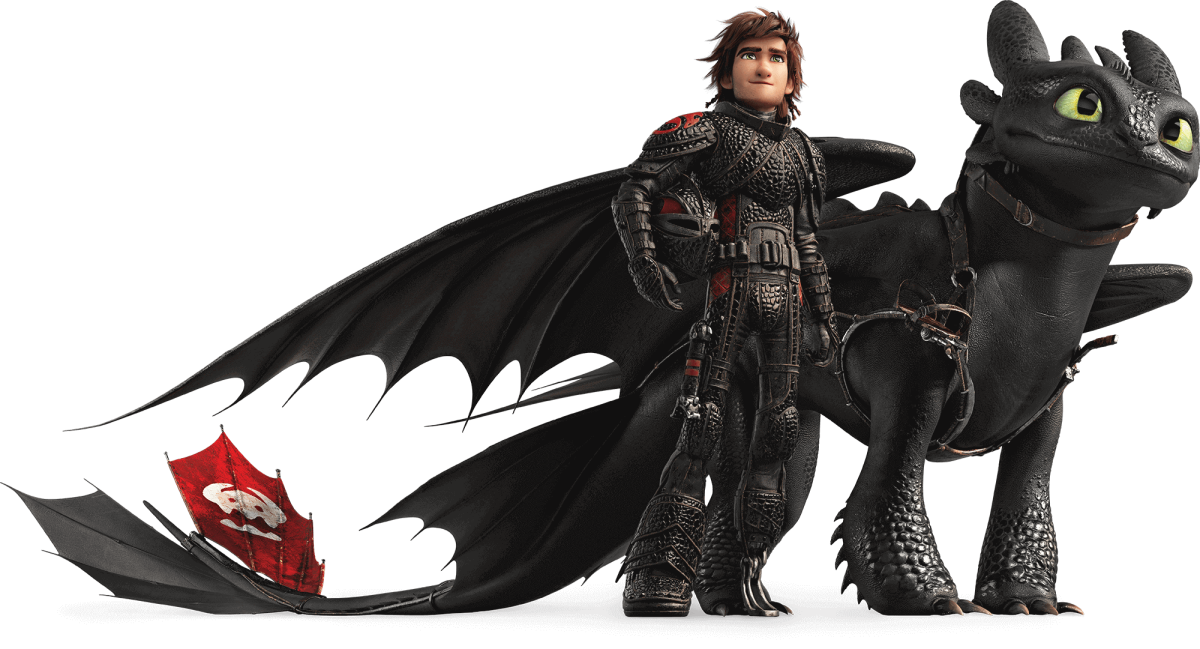“Let them eat cake.”
These are the famous words of the frequently criticized last queen of France, Marie Antoinette. In history classes, we are simply taught that she was an ignorant and wasteful ruler with a poor understanding of the lives of commoners in France. What about her side of the story?
The 2006 film Marie Antoinette written and directed by Sofia Coppola and starring Kirsten Dunst as the child queen, presents the typical representation of Marie’s life, but with a few twists.
The movie opens with Marie waking up on a normal day in her homeland of Austria, as her mother explains to her the importance of her marriage to the king-to-be, Louis XVI, not only for their sake, but for the sake of the Franco-Austrian alliance. From the beginning, Marie seems to understand the magnitude of the situation, but her naivete makes her oblivious to the meaning of becoming the future queen.
During her transition from being an Austrian princess to a French queen, Marie travels through countrysides, revealing one of the best qualities of the film. The movie has a soothing tone, which is only exaggerated by the beautiful scenic shots. It was also shot on location, further heightening the beauty through realism.
Along with the realistic and breathtaking scenes, the palace of Versailles, where the royal family lives, is extravagantly decorated with an excessive attention to detail. Each room of the palace grabs the viewer’s attention and allows them to watch in awe. The visual appeal of the movie is compounded by the fact that there’s not much dialogue, which makes it easier to focus on the setting itself.
The most interesting part of the movie is the soundtrack. From a historical movie like this, you would expect music from that specific era. With Marie Antoinette, however, rock music from the 1980s is played alongside the elegance and propriety of the age. This may sound like a major train wreck, but the pairing is surprisingly fitting. Copolla, the director, made this decision based on the hard and fast lifestyle Marie Antoinette lived. The fun and upbeat music also reminds the viewer that Marie was young, and not necessarily deserving of all the criticism she received for partying like a rock star, gambling as if her gardens were full of money trees, and sparing herself from the truth of life outside the palace walls.
Finally, the viewers see the story of Marie’s life through her eyes, which changes the way that people see her as a historical figure. The movie was based on the book Marie Antoinette: The Journey by Antonia Fraser, which takes a sympathetic standpoint on her story. In Copolla’s film adaptation, Dunst excels in the portrayal of the queen, showing every side of her persona. She is confident, captivating and alluring, and yet she is tentative and vulnerable. We as viewers can feel her pain more than her peers and critics could. We can also understand how overwhelmed she is by being under the microscope of all of Europe.
In the end, the French Revolution broke out and the peasants attacked the palace, forcing both the king and queen to leave Versailles. Just before the credits, the film ends with a melancholy carriage ride from the palace in which Marie Antoinette says goodbye to her home. The two’s fate is sealed with their beheading.
Marie Antoinette provides a fresh and unique interpretation of the famous queen’s infamous legacy. I never thought I would enjoy a movie about a, so-called, tyrannical monarch, but I was pleasantly surprised with it overall.




